Intel bets on a glass substrate and these are the reasons
- September 18, 2023
- 0
The chip giant has made important advances at the level of packaging, a topic we have already had the opportunity to see in more depth in this article
The chip giant has made important advances at the level of packaging, a topic we have already had the opportunity to see in more depth in this article
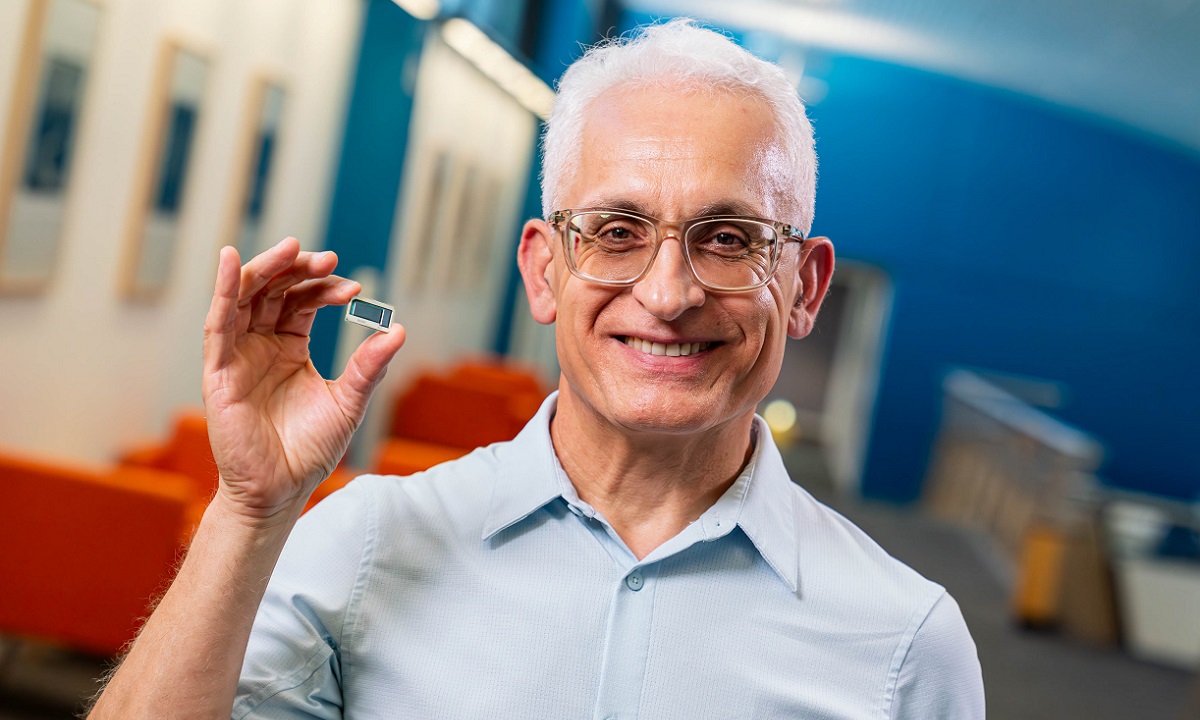
The chip giant has made important advances at the level of packaging, a topic we have already had the opportunity to see in more depth in this article where we talk to you from system-on-a-chip to system-on-package.
The transition and changes Intel has achieved in this regard over the past five decades they were spectacularand led us to a scenario where heterogeneous chip integration in 2.5D and chip stacking in 3D enabled the creation of much more advanced solutions capable of exceeding the classical limits of silicon and traditional designs.
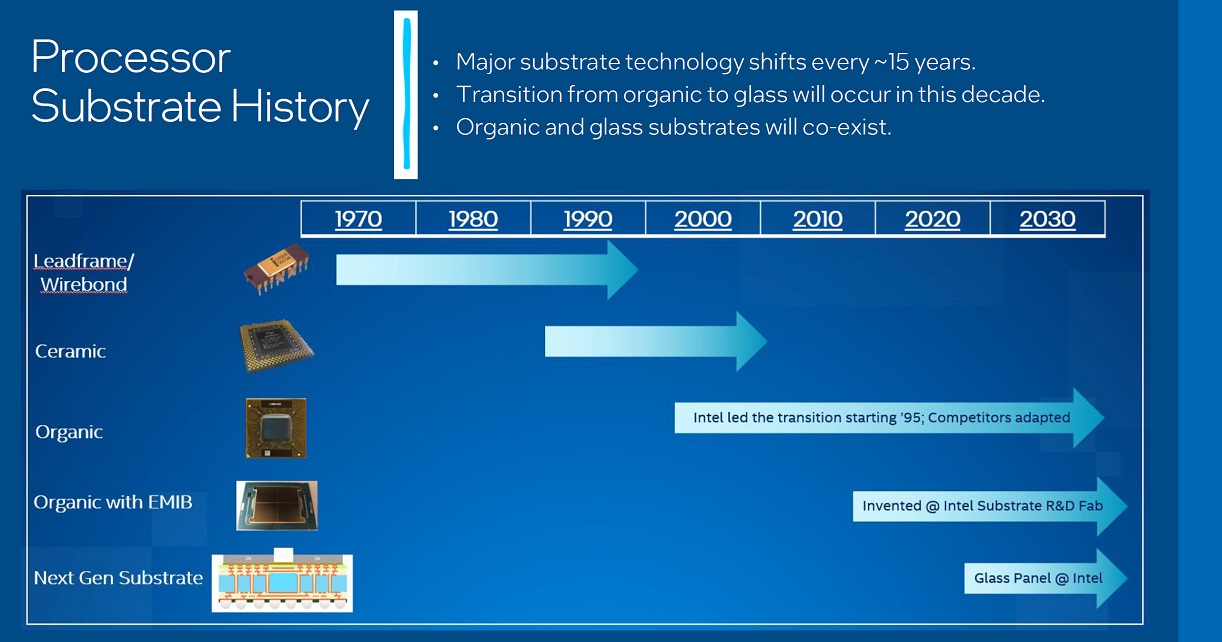
But Intel’s innovative efforts do not end there. Santa Clara is working to make the leap to a new generation of substrate known as “Glass Panel”, which we can directly translate as “Glass Panel”.
In short, the idea is to replace the organic substrate that has been in use since 1995 with a glass-based substrate. This will allow a very important leap, although we must take into account that the transition will be complicated, which is why both types of substrates are called coexist.

Organic substrates are essentially PCBs with layers of laminated glass. This makes them a cheap solution, cheap and easy to make, but they represent a range important shortcomings which began to be noticed some time ago and which slow down the scaling and progress in the design and manufacture of heterogeneous superchips with multiple chips and blocks stacked in both two-dimensional and three-dimensional ways.
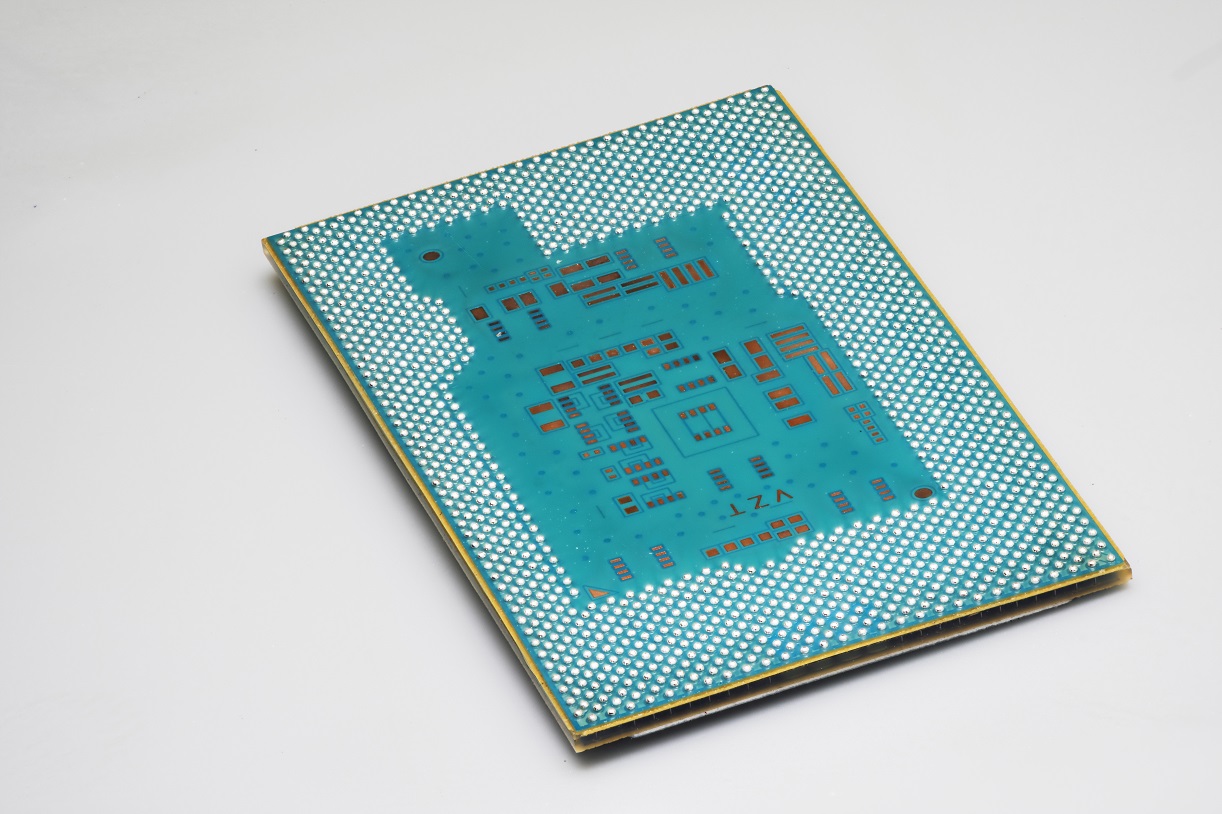
On the other hand, glass substrates They are more complex and expensive to manufacture, In fact, the chip giant has been working on them for a long time, but they represent a range important advantages that allow us to overcome all these shortcomings which organic substrates they have and which I will explain below in a simple and clear way so that you can better understand why Intel believes that the glass substrate is the future.
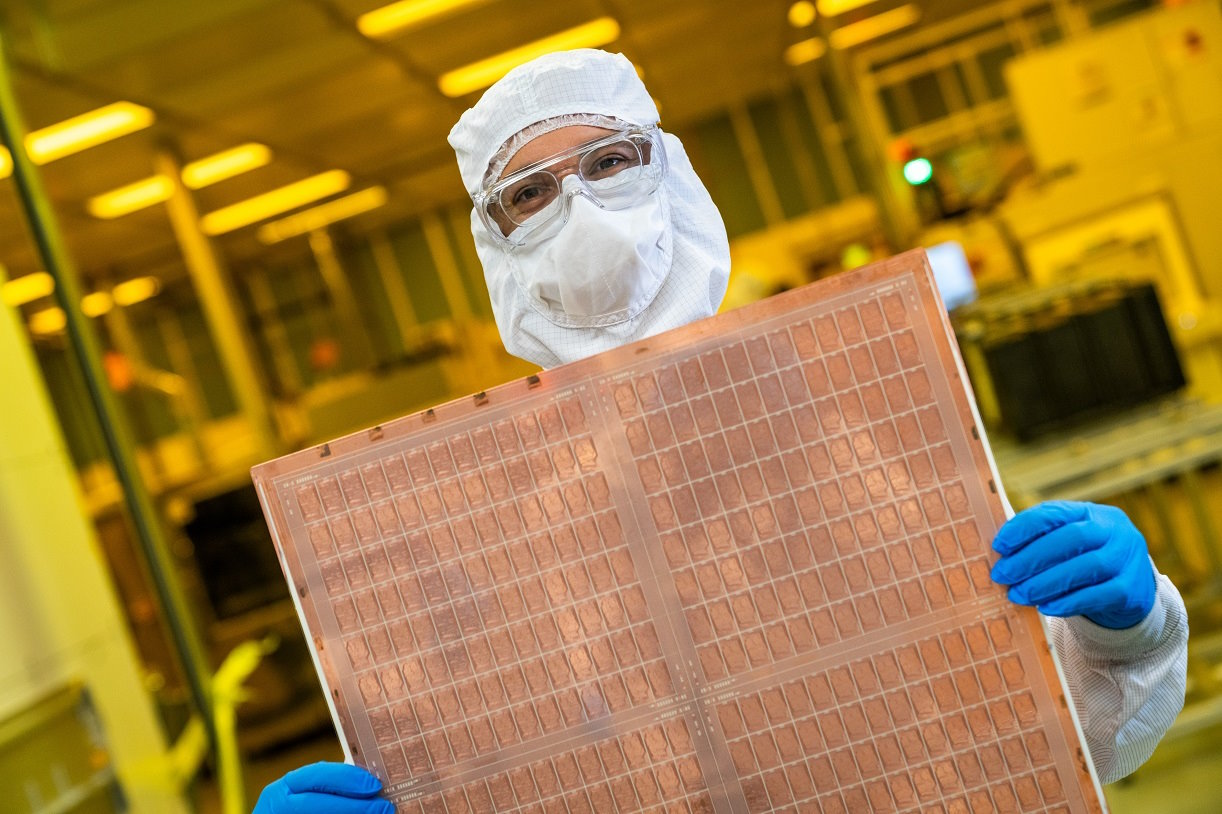
In short, thanks to the glass substrate, it will be possible the integration of multiple chiplets is the same packagewe can create solutions more complicated with more transistors without giving up high success rates, and its mechanical properties will allow excellent connectivity and performance.
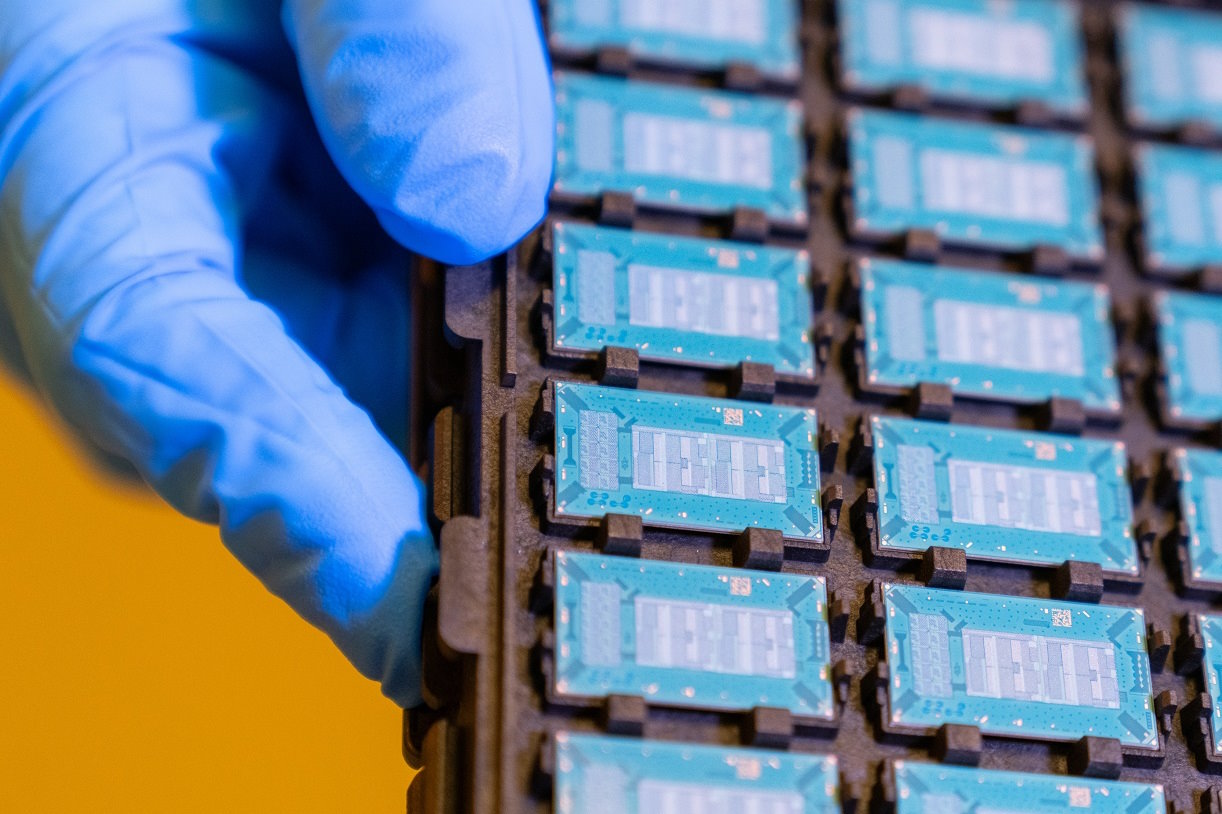
If all goes well, the first products based on this type of substrate will arrive at the end of this decade. Intel has already produced processors based on this substrate, which means that it already has technical samples and that is on the right track.
Source: Muy Computer
Donald Salinas is an experienced automobile journalist and writer for Div Bracket. He brings his readers the latest news and developments from the world of automobiles, offering a unique and knowledgeable perspective on the latest trends and innovations in the automotive industry.